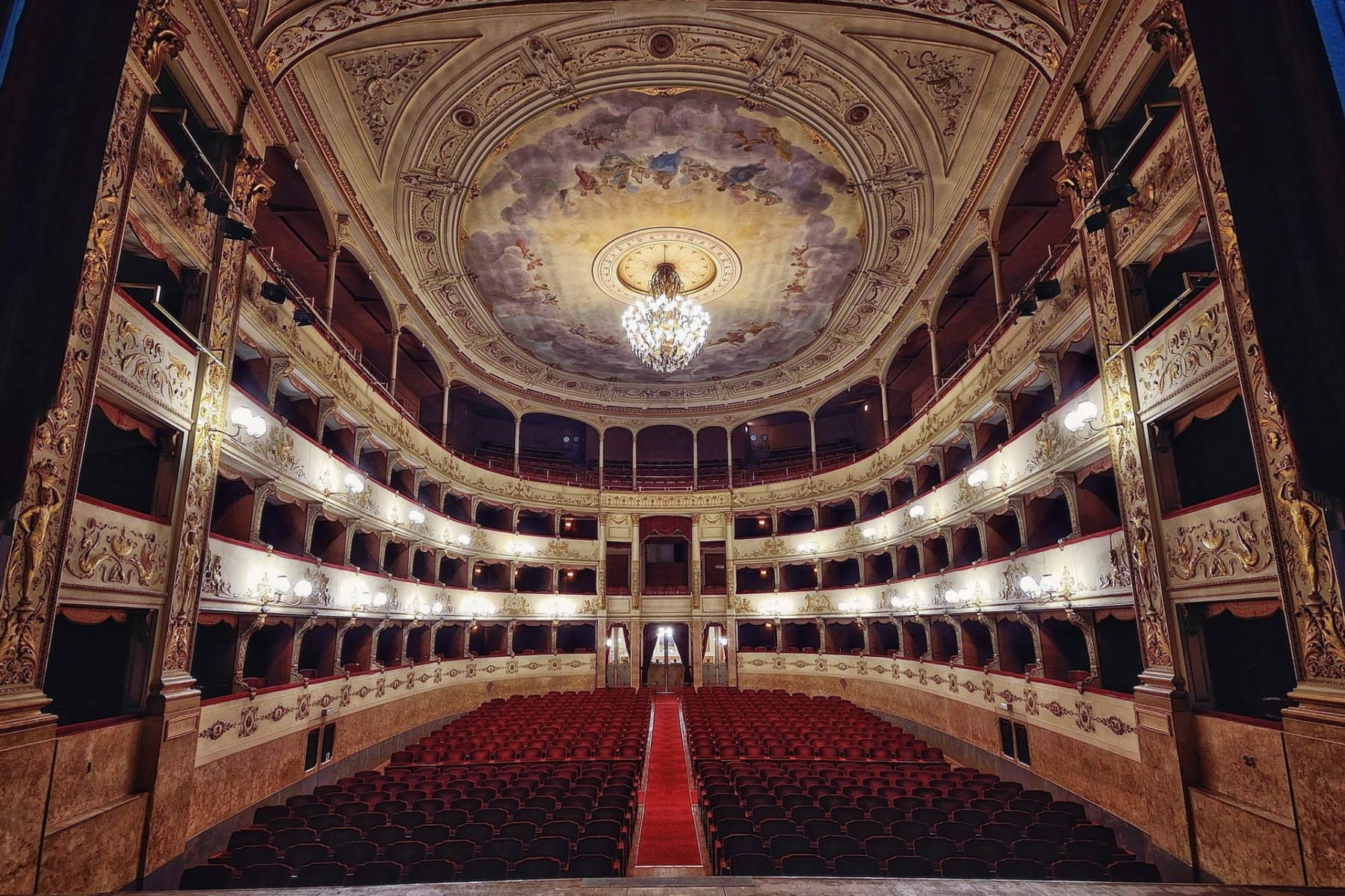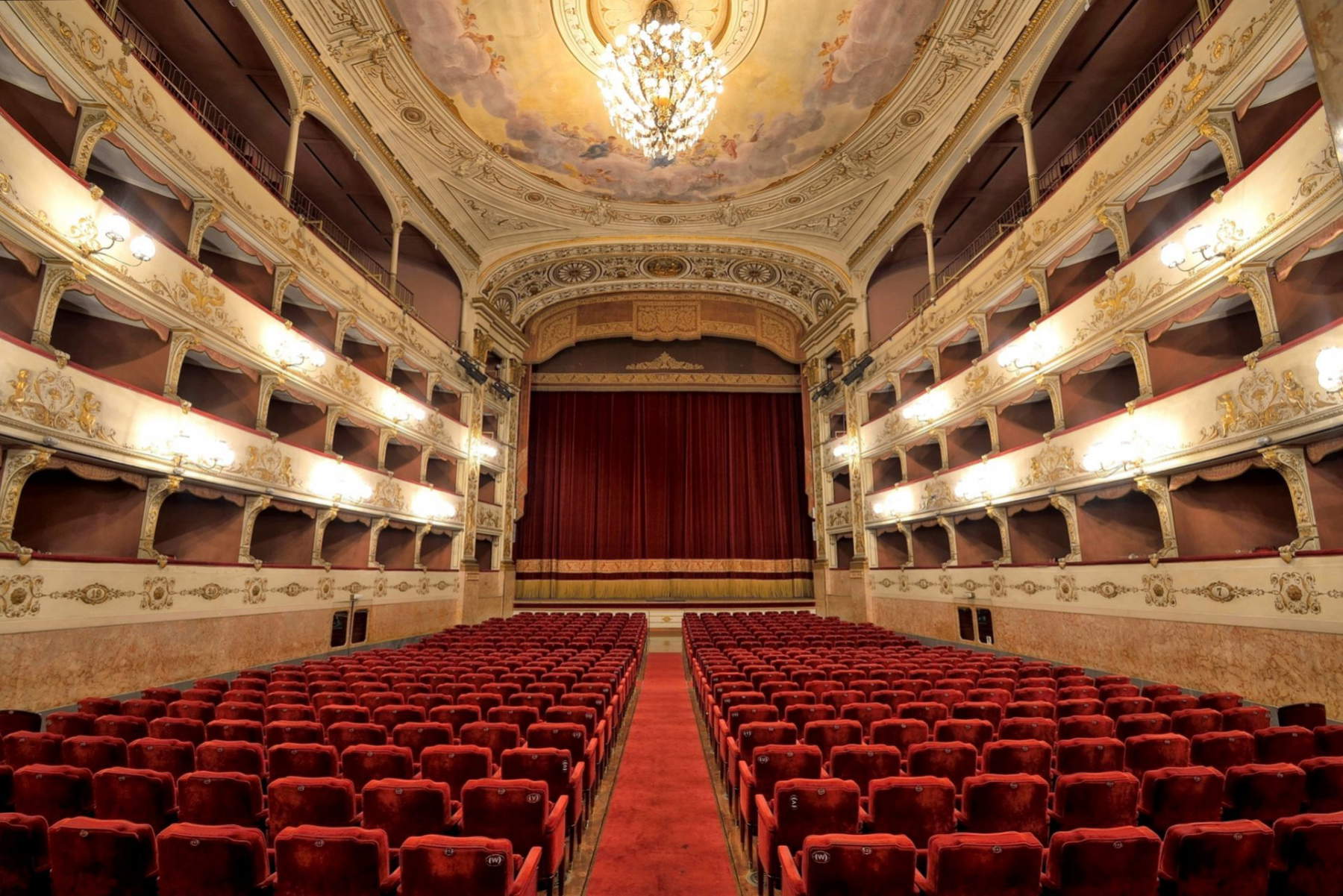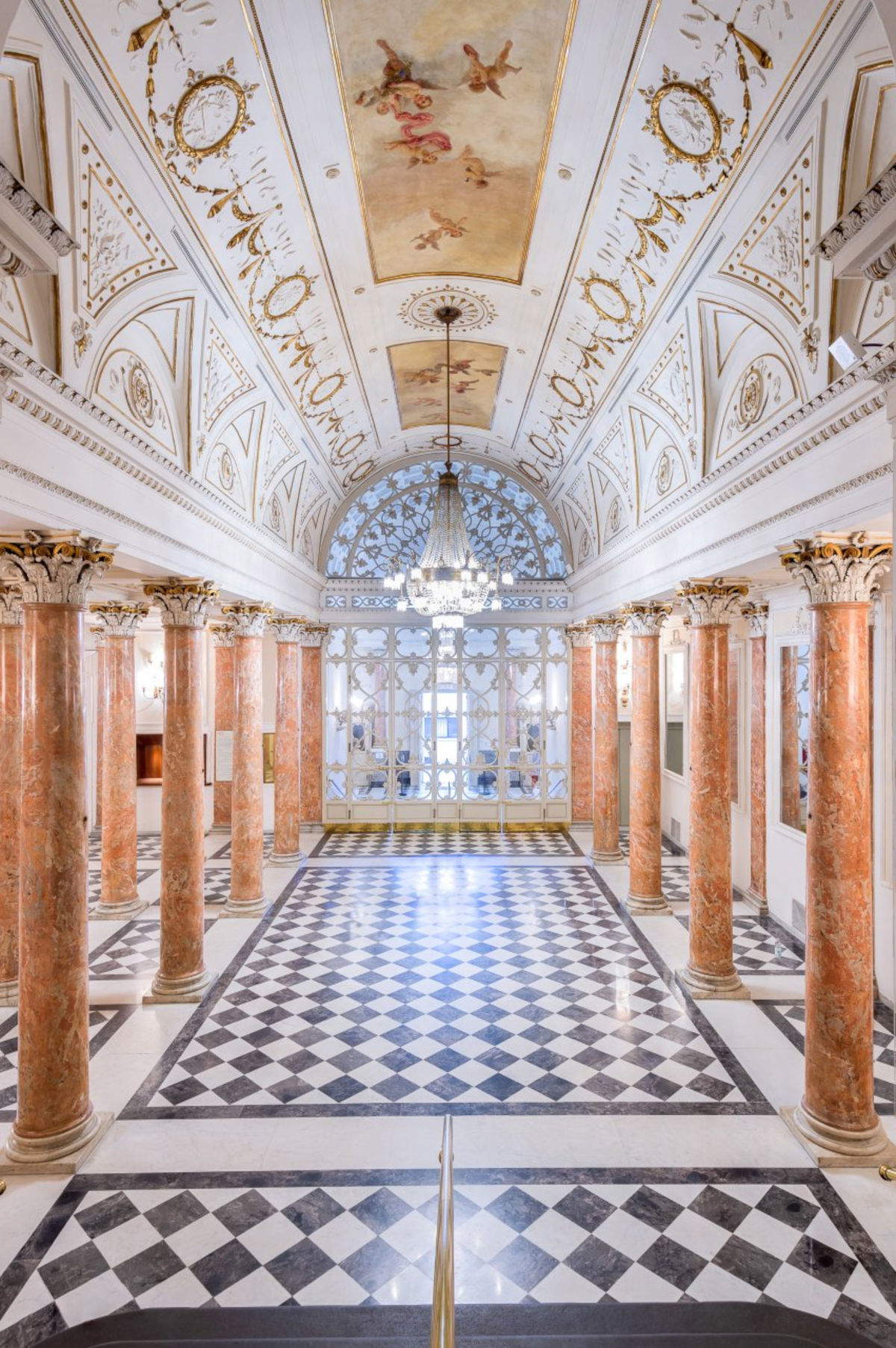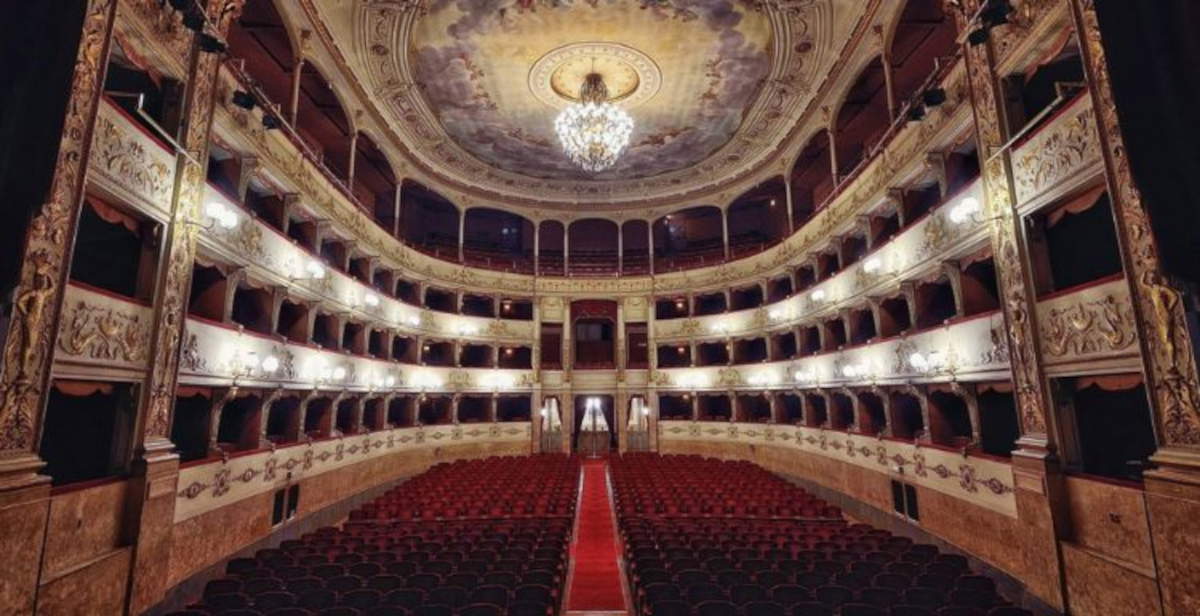The Teatro della Pergola represents one of the most important places in Italian and European theatrical history. Located in the center of Florence, it is considered the first great example of Italian-style theater, an architectural model that has influenced the construction of countless theaters in Italy and abroad.
In recent years, it has been the protagonist of a major maintenance intervention carried out thanks to theArt Bonus, the tax incentive mechanism for the support of cultural heritage, with the contribution of a banking foundation. The intervention involved both the furnishings and decorative apparatus of the Great Hall and the Saloncino, as well as the electrical, plumbing and safety systems, with special attention to the elevators and stage lift systems. The operation, worth a total of 400,000 euros, was fully financed without burdening the public budget, thus representing an example of how collaboration between private entities and institutions can support the preservation of cultural heritage. Liberal donations amounted to 350,000 euros from noncommercial entities, while all the interventions were carried out by the City of Florence, the owner of the complex, through the Technical Services Department - Fine Arts Service and Fabbrica di Palazzo Vecchio.

The Pergola was built between 1652 and 1656 at the behest of theAccademia degli Immobili, a fellowship formed by Florentine nobles devoted to drama in music. In fact, the project introduces an innovative conception of the theater hall, with overlapping tiers of boxes and a horseshoe plan: this kind of layout would become the hallmark of Italian theater typology. Originally, the theater was intended exclusively for performances by the Medici court, with reserved access, and it was not until 1718 that it opened to the paying public for the first time with Antonio Vivaldi’s Scanderbeg, inaugurating a season that would see it gradually assume a leading role in the city and national cultural life. During the 18th century and especially in the first half of the 19th century, the Pergola became the temple of melodrama. Premieres by composers who would mark the history of Italian music were staged here, from Vincenzo Bellini to Gaetano Donizetti to Giuseppe Verdi, who in March 1847 chose Florence to present his Macbeth, an opera destined for long fortune. As the twentieth century approached, the centrality of melodrama gradually gave way to prose. It was in this context that in 1906 the Pergola hosted an event destined to remain in memory: Eleonora Duse performed Henrik Ibsen’s Rosmersholm, directed by Edward Gordon Craig, a key figure in the birth of modern directing.
The Pergola’s historical-artistic value was officially recognized in 1925, when the theater was declared a National Monument on the grounds that it was the first great example of Italian-style theater and a fundamental demonstration of world theater history. After a phase of crisis in the 1950s, the following decade marks the theater’s rebirth as a reference point for prose. Florence became one of the Italian capitals of the stage: Eduardo De Filippo found there a privileged place for his productions, while Vittorio Gassman chose the city to establish his theatrical workshop. Since then the activity has never stopped. Today the Pergola Theater is a cultural center that enhances its spaces and tradition. The structure consists mainly of the Sala Grande, divided into stalls, three tiers of boxes, gallery and dressing rooms, and the Ridotto, known as the Saloncino, also equipped with dressing rooms and services.

A major round of restoration was started in 2012 and completed in 2015, mainly concerning the decorations of the halls and the flooring of the stalls. The stage still retains almost entirely manual mechanics, including the orchestra pit that can be opened when necessary. The most recent maintenance program, however, has focused on restoring the spaces and furnishings, with particular attention to the boxes in the Great Hall. The work involved restoring the wooden decorations, repainting the walls, replacing upholstery, and re-carpeting the stalls, boxes, and corridors. On the plant engineering side, the work involved restoring the elevators intended for public use, maintenance of electrical, plumbing and safety systems, with specific attention to lifting systems, electric stage hoists and fire-fighting equipment.
The journey of the Pergola Theater thus demonstrates how a historic building can maintain an active role in contemporary cultural life, thanks to management that combines heritage protection and artistic programming. Its architecture and the stratification of experiences it has hosted also tell the story of the evolution of taste and scenic practices. In a context that sees many historic structures facing problems of deterioration and economic sustainability, the Pergola continues to represent a model of continuity, while requiring constant conservation interventions.

 |
| The restoration of Florence's Teatro della Pergola, the first example of an Italian-style theater |
Warning: the translation into English of the original Italian article was created using automatic tools. We undertake to review all articles, but we do not guarantee the total absence of inaccuracies in the translation due to the program. You can find the original by clicking on the ITA button. If you find any mistake,please contact us.